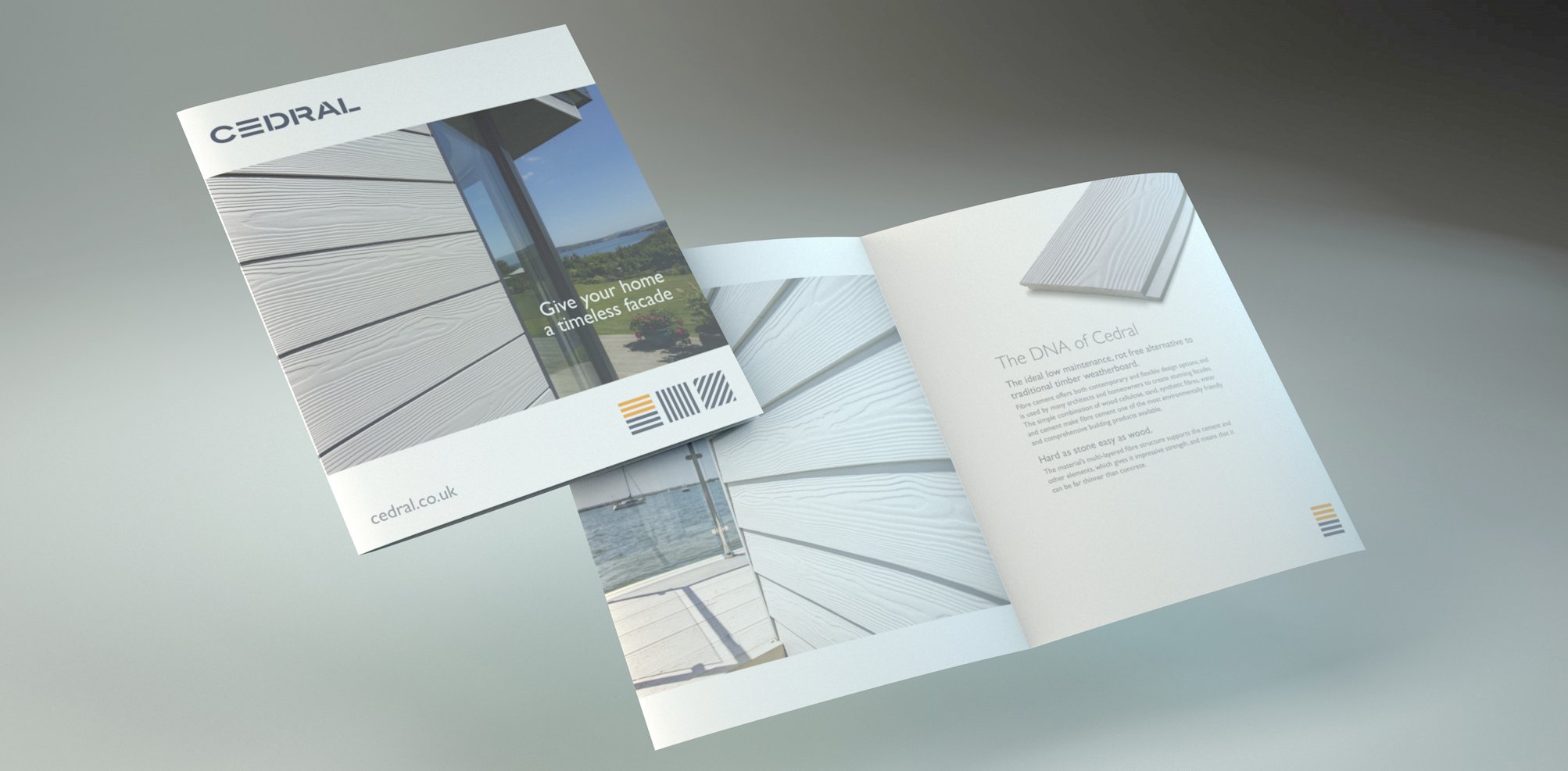Did you know that up to 25% of the energy loss in your home goes through the roof? So, roof insulation considerably reduces your energy consumption, making it a worthwhile investment. But what are the main factors in determining the cost of roof insulation for your home? Discover how you can save money.

The importance of insulating your roof
Insulation makes it more difficult for heat to transit from hot to cold areas. So, the better your insulation, the less heat you lose when it’s cold outside. Inversely, in summer, good insulation will keep your home cool when the temperatures rise. Insulation keeps the temperature in your living environment stable, so you will need to add less heating or cooling. This has a positive impact on your energy bill, but also on the environment.
But insulation can also help to prevent ice dams and moisture problems. Ice dams form when melting snow or ice refreezes. This can lead to water infiltration between the slates of your roof. But it also generates a lot of weight and puts pressure on your roof structure. Insulation prevents that the heat of your home melts the snow on your roof and causes ice dams.
Discover more benefits of insulation combined with fibre-cement slates.
What are those U-values, R-values and lambda values?
When talking about insulation, three different values are used to express the quality of the material.
R-value: measures a material’s thermal resistance (hence the letter R). The higher the R-value, the lower the heat loss. Insulation material with a high Stock picture roofing insulation? R-value needs to be less thick than a product with a lower R-value to achieve the same insulation quality. Or, the higher the R-value, less you need of the material to achieve the desired insulation quality.
Lambda value (λ): measures a product’s thermal conductivity. It is the opposite of the R-value. The lower the lambda value, the lower the heat loss (hence the letter Lambda). For your insulation to be as efficient as possible, you want to use materials with a low lambda value, but a high R-value.
U-value: the sum of the thermal resistances of the combined layers that make up your roof/wall/floor (e.g. decking, insulation, roof structure etc). The lower the U-value, the better insulated your roof is and the more energy you save. Ecological grants are often given depending on the U-value you achieve with your insulation works.

Roof insulation costs
When insulating your roof, you have the choice between hot and cold roof insulation. When adding insulation on the roof slope of your home, above and below the rafters, this gives you a cosy and warm attic – hence the term ‘hot roof insulation’. When you insulate the floor of your attic, you will have a similar positive thermal effect on your living quarters, but the space under the roof will be cold, hence ‘cold insulation’. Hot roof insulation is generally more expensive than cold attic insulation.
Read more about how to choose between different types of roof insulation.
The cost of your insulation will largely depend on the type of material used. As a rule of thumb, you can say that the higher the R-value, the more expensive the material will be. The advantage is that you need less of it to achieve an efficient roof insulation (a better U-value). This can be particularly useful if you don’t have the space to add very thick layers of insulation.
These are the most common insulation materials ranked from cheap to expensive.
- Rigid foam (insulation boards)
- Fibre wool (rolls)
- Spray foam
- Blown-in loose fill (attic floor)
Last but not least, the cost of the insulation will depend very much on whether you install it yourself, or ask a professional to do it for you. You can easily fit insulation boards or fibre wool yourself, whereas spray foam or loose fill require specialised machinery and expertise.
Doing major roof renovation works?
